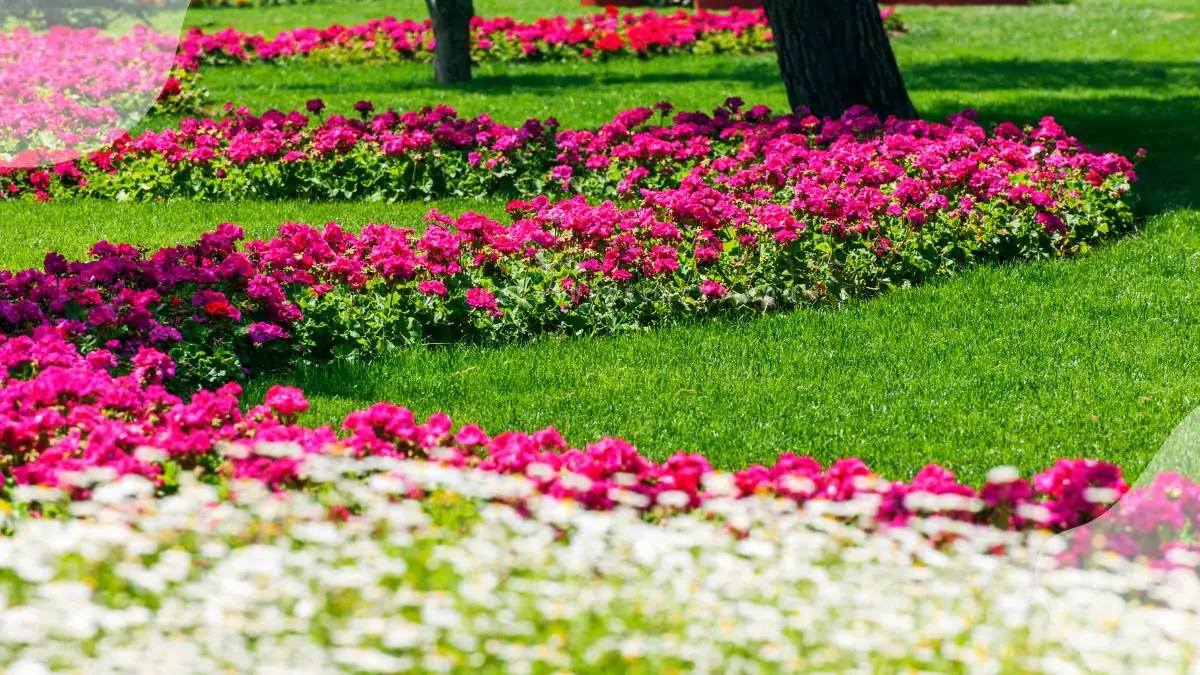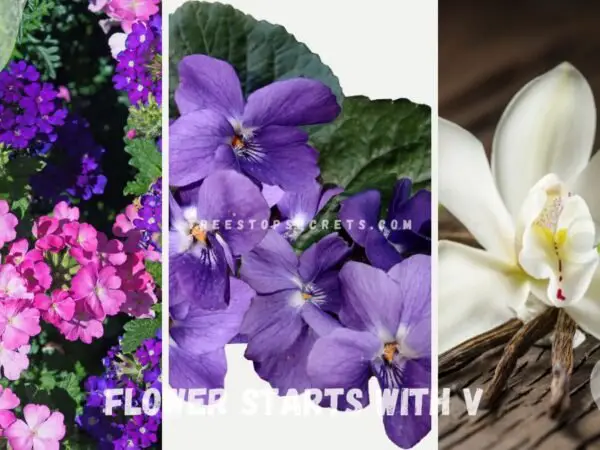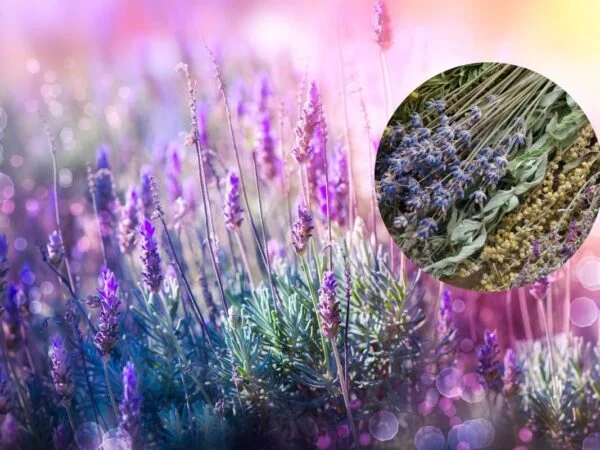Creating a beautiful flower bed landscape can transform your garden into a stunning visual retreat. Whether you're a seasoned gardener or just starting, I can help you design and implement the perfect flower bed landscape ideas to suit your space. From selecting the right plants to arranging them in eye-catching patterns, my guidance will ensure your garden looks its best year-round.
Flower bed landscape ideas often include a mix of perennials and annuals, layering plants for depth, and using a variety of colors and textures. Popular choices are roses, tulips, and daisies for vibrant color, paired with greenery like hostas and ferns. Mulching and edging the flower bed helps to retain moisture and define boundaries, making maintenance easier and enhancing the overall look.
There are countless possibilities for creating a unique and beautiful flower bed landscape. By leveraging my expertise, you'll discover new ideas and techniques that can elevate the beauty of your garden, ensuring it becomes a source of pride and enjoyment.
Key Takeaways
- Designing Diverse Flower Beds
- Mix different colors, shapes, and sizes of flowers to create visually appealing flower beds.
- Attracting Wildlife to Your Garden
- Plant native flowers and provide water sources to attract birds, butterflies, and bees to your garden.
- Creative Garden Designs
- Think outside the box and incorporate unique elements like sculptures or decorative rocks into your garden design.
- Specialty Gardens
- Consider creating themed gardens such as a butterfly garden or a herb garden to add variety to your landscape.
- Combining Function and Beauty
- Choose plants that not only look beautiful but also serve a purpose, like herbs for cooking or plants that repel pests.
- Eco-Friendly Gardening Practices
- Use organic fertilizers, mulch, and practice water conservation to maintain a sustainable garden environment.
Designing Diverse Flower Beds
Choosing the Right Plants
Research plant hardiness zones to ensure your chosen plants can thrive in your area. Consider soil type and drainage needs for each plant. Opt for a variety of plants to create visual interest in your flower beds.
Incorporating Native Species
Identify native plants that are well-suited to your region's climate. Understand the benefits of native species for local ecosystems. By incorporating native plants, you can attract wildlife such as birds and butterflies to your garden.
Adding Pollinator Favorites
Choose flowers that are rich in nectar and pollen to attract pollinators like bees and butterflies. Including a mix of colors and shapes will appeal to different pollinator species. Planting flowers in clusters makes it easier for pollinators to locate and enjoy them.
Mixing Edibles with Blooms
Integrate herbs like lavender or chamomile with your flowering plants for added fragrance and texture. Consider planting edible flowers such as nasturtiums or calendula to add both beauty and functionality to your garden. Strive to create a balance between aesthetics and practicality in your floral arrangements.
Attracting Wildlife to Your Garden
Plants for Pollinators
Plant bee balm, coneflowers, and salvia to attract pollinators like bees and butterflies. Incorporate host plants such as milkweed to specifically cater to butterfly species like monarchs. Ensure a variety of bloom times to maintain a continuous food source for the wildlife.
Creating a Habitat
Design your flower bed in a way that mimics natural habitats to attract various forms of wildlife. Integrate elements like rocks and logs to provide shelter and nesting sites for animals. Include water sources such as birdbaths or small ponds to further enhance the appeal of your garden to wildlife.
Wildflower Wonders
Opt for wildflower seed mixes to create a diverse and vibrant garden landscape. Embrace the natural beauty of wildflowers, which require minimal maintenance, making them an excellent choice for busy gardeners. Consider planting native wildflowers as they are better adapted to local environmental conditions.
Creative Garden Designs
Cottage-Style Inspiration
Embrace a traditional flower garden setting with roses and daisies for a charming cottage look. Design winding pathways to create a relaxed and informal atmosphere in your garden. Add a touch of nostalgia by incorporating vintage elements like rustic containers or trellises.
Modern Arrangements
Experiment with clean lines and geometric patterns to achieve a modern garden aesthetic. Opt for plants with bold colors and unique architectural shapes for a contemporary feel. Enhance the modern vibe by including minimalist elements such as large rocks or metal sculptures.
Border Beauty Tips
Define the edges of your front yard flower bed with border plants like lavender or boxwood. Create visual interest by arranging taller plants at the back and shorter ones at the front for a layered effect. Achieve a polished look by using edging materials like stones or bricks to frame your flower bed.
Specialty Gardens
Fragrant Flower Picks
Create a sensory experience with fragrant flowers like lavender and jasmine**. These blooms not only add beauty but also fill your garden with delightful scents.
When planning your garden, consider roses, lilies, and sweet peas for their captivating fragrances. These flowers can elevate the ambiance of your outdoor space.
Enhance the atmosphere by strategically placing fragrant flowers near seating areas or along pathways. This way, you can enjoy their pleasant aroma as you relax or take a stroll in your garden.
Herb Garden Essentials
Basil, rosemary, and mint are essential herbs to include in your garden. They not only offer culinary benefits but also add greenery and fragrance to your landscape.
Herbs like thyme and oregano are great choices for adding texture and visual interest to your garden. Consider planting them in pots or along borders for a charming effect.
Incorporate chives and parsley for a pop of color and versatility in your herb garden. These herbs not only look beautiful but also provide fresh flavors for your dishes.
Cut Flower Corners
Designate specific areas in your garden for cut flowers like dahlias, zinnias, and sunflowers. These blooms are perfect for creating stunning floral arrangements.
Include cosmos, marigolds, and asters in your garden to ensure a constant supply of fresh cut flowers. These varieties are easy to grow and maintain throughout the season.
Create a dedicated cutting garden where you can grow an abundance of flowers for bouquets and decorations. This way, you can always have a source of beautiful blooms at hand.
Combining Function and Beauty
Edible and Ornamental Mix
Edible plants not only provide a benefit of fresh produce but also add visual interest to your flower bed. Consider incorporating herbs like basil, rosemary, or chives alongside colorful flowers for a vibrant and practical garden. This mix not only enhances the aesthetics but also allows you to enjoy homegrown flavors.
- Mix of herbs and flowers
- Visual interest and practicality combined
On the other hand, ornamental plants such as marigolds, petunias, or zinnias can be strategically placed within your flower bed to create a stunning display. These plants offer bright colors and varied textures that elevate the overall look of your landscape while attracting beneficial insects.
Year-Round Interest
To maintain year-round interest, choose a combination of plants that bloom at different times throughout the seasons. For example, consider including early spring bloomers like tulips, summer favorites such as dahlias, fall-blooming asters, and evergreen shrubs for winter appeal. This variety ensures that your flower bed remains visually appealing in every season.
- Plants blooming at different times
- Seasonal diversity for continuous interest
Incorporating plants with varied foliage characteristics such as different leaf shapes, sizes, and colors can enhance the overall appeal of your landscape. Mix in plants with variegated leaves, silver foliage, or unique textures to add depth and visual interest even when flowers are not in bloom.
Low Maintenance Choices
Opting for low maintenance plants can save you time and effort while still achieving a beautiful flower bed landscape. Consider native plants that are well-adapted to your region's climate and soil conditions. These plants typically require less water, fertilizer, and pest control, making them an ideal choice for a hassle-free garden.
- Native plants suited to local conditions
- Less water, fertilizer, and pest control needed
Furthermore, incorporating perennials instead of annuals can reduce the need for frequent replanting. Perennials come back year after year, saving you money on replacements and reducing the overall maintenance required for your flower bed landscape.
Planning Your Flower Bed Layout
Space Utilization
When planning your flower bed layout, consider the size of the area and how to make the most of it. Position taller plants at the back and shorter ones in the front for a visually appealing arrangement. Utilize corners and edges for corner plants or trailing flowers to maximize space.
Create a garden bed that fits the dimensions of your yard, ensuring it complements the overall design. Incorporate smart flower bed ideas such as raised beds or vertical planters for efficient use of space. Consider planting front yard flower beds to enhance curb appeal.
- Position taller plants at the back
- Utilize corners and edges effectively
- Incorporate raised beds or vertical planters
Color Coordination
When selecting flowers for your flower bed area, think about color coordination to create a cohesive look. Choose a color scheme that complements your home's exterior or other garden elements. Mix and match different hues for a vibrant display, or opt for a monochromatic palette for an elegant touch.
Incorporate pretty flower bed ideas by grouping flowers with similar colors together for a harmonious appearance. Consider contrasting colors for a striking visual impact, or stick to shades within the same color family for a more subtle effect.
- Choose a color scheme that complements your home
- Group flowers with similar colors together
- Consider contrasting colors for visual impact
Seasonal Planning
Plan your flower bed layout with seasonal changes in mind to ensure year-round beauty. Select plants that bloom at different times of the year to maintain interest throughout all seasons. Incorporate seasonal flowers that thrive in specific weather conditions for optimal growth.
Rotate flowers based on the season to keep your garden bed looking fresh and vibrant. Consider planting bulbs in the fall for spring blooms, and annuals in the summer for continuous color. Adjust your flower bed ideas according to the changing seasons for a dynamic landscape.
- Select plants that bloom at different times
- Rotate flowers based on the season
- Plant bulbs in the fall for spring blooms
Implementing Your Design
Preparing the Soil
To ensure successful growth, start by testing the soil's pH level using a kit from a local garden center. Amend the soil with organic matter like compost to improve drainage and nutrient levels.
Plant roots need space to grow, so loosen the soil in your flower bed with a shovel or tiller. Remove any weeds or debris that could hinder plant growth. Consider adding a layer of mulch to retain moisture and suppress weed growth.
Planting Techniques
When planting, arrange your chosen flowers according to their height and spread to create an aesthetically pleasing display. Dig holes slightly larger than the root ball of each plant and gently firm the soil around them.
Water newly planted flowers thoroughly to help them establish roots in their new environment. Consider using a slow-release fertilizer to provide essential nutrients over time. Monitor the moisture levels in the soil regularly to ensure optimal growing conditions.
Ongoing Care Tips
Regular maintenance is key to a thriving flower bed. Deadhead spent blooms to encourage new growth and prolong flowering periods. Keep an eye out for pests and diseases, addressing any issues promptly to prevent widespread damage.
Consider dividing and replanting overcrowded perennials every few years to maintain plant health and vigor. Apply a layer of fresh mulch annually to help retain moisture, regulate soil temperature, and suppress weed growth.
Eco-Friendly Gardening Practices
Water Conservation
Conserving water in your flower bed landscape is crucial for sustainability. Install a drip irrigation system to deliver water directly to the roots, reducing evaporation and runoff. Collect rainwater in a barrel to use for watering your plants, minimizing water waste.
Embrace xeriscaping techniques by choosing drought-resistant plants that require less water. Group plants with similar water needs together to avoid overwatering some while underwatering others. Consider using mulch to retain moisture in the soil and reduce the frequency of watering.
Organic Mulching
Organic mulching is an excellent way to improve soil health and suppress weeds. Use materials like grass clippings, leaves, or compost as mulch around your plants. This not only helps retain moisture but also adds nutrients to the soil as it decomposes.
Create a mulch layer about 2-4 inches thick around your plants to provide adequate coverage. Avoid using synthetic mulches that can leach harmful chemicals into the soil and harm beneficial organisms. Regularly replenish the mulch layer to maintain its effectiveness.
Natural Pest Control
Implement natural pest control methods to protect your flower bed without harming the environment. Encourage beneficial insects like ladybugs and lacewings by planting flowers they are attracted to, such as daisies and marigolds. These insects feed on pests like aphids, helping keep your plants healthy.
Consider companion planting by growing pest-repelling plants alongside your flowers. For example, planting garlic near roses can deter aphids. Homemade remedies like garlic spray or neem oil can also be effective in controlling common garden pests.
Final Remarks
You've explored a plethora of creative ideas to transform your garden into a stunning oasis. By incorporating diverse flower beds, attracting wildlife, and implementing eco-friendly practices, you not only enhance the beauty of your outdoor space but also contribute to a sustainable ecosystem. Remember to plan your layout thoughtfully, combining functionality with aesthetics to create a harmonious balance in your garden design. Whether you opt for specialty gardens or unique themes, let your creativity shine through while prioritizing environmental consciousness.
Now it's time to roll up your sleeves and bring these concepts to life in your own backyard. Start by sketching out your design, selecting the right plants, and embracing nature's wonders. Your garden has the potential to be a sanctuary for both you and local wildlife. So, go ahead, plant those seeds of inspiration, and watch your flower beds flourish into vibrant tapestries of color and life.
Frequently Asked Questions
How can I design diverse flower beds?
To design diverse flower beds, consider the following:
- Choose a variety of plants with different colors, heights, and blooming seasons.
- Incorporate perennials and annuals for continuous blooms.
- Mix in different foliage textures for visual interest.
How do I attract wildlife to my garden using flower beds?
To attract wildlife to your garden through flower beds:
- Plant native flowers that provide food and shelter for birds, bees, and butterflies.
- Include water sources like birdbaths or small ponds.
- Avoid using pesticides to create a safe habitat for wildlife.
What are some creative garden designs for flower beds?
Creative garden designs for flower beds include:
- Vertical gardens using trellises or hanging planters.
- Circular or spiral-shaped flower beds for a unique look.
- Color-themed flower beds with coordinated plant selections.
How can I combine function and beauty in my flower bed design?
To combine function and beauty in your flower bed design:
- Incorporate edible plants like herbs or vegetables alongside ornamental flowers.
- Use decorative elements such as garden sculptures or pathways to enhance aesthetics.
- Ensure easy access for maintenance while keeping the design visually appealing.
What are some eco-friendly gardening practices for maintaining flower beds?
Eco-friendly gardening practices for maintaining flower beds include:
- Mulching to retain moisture and suppress weeds.
- Composting kitchen scraps to enrich the soil naturally.
- Using organic fertilizers and natural pest control methods to minimize environmental impact.
Image Source: Paid image from CANVA




